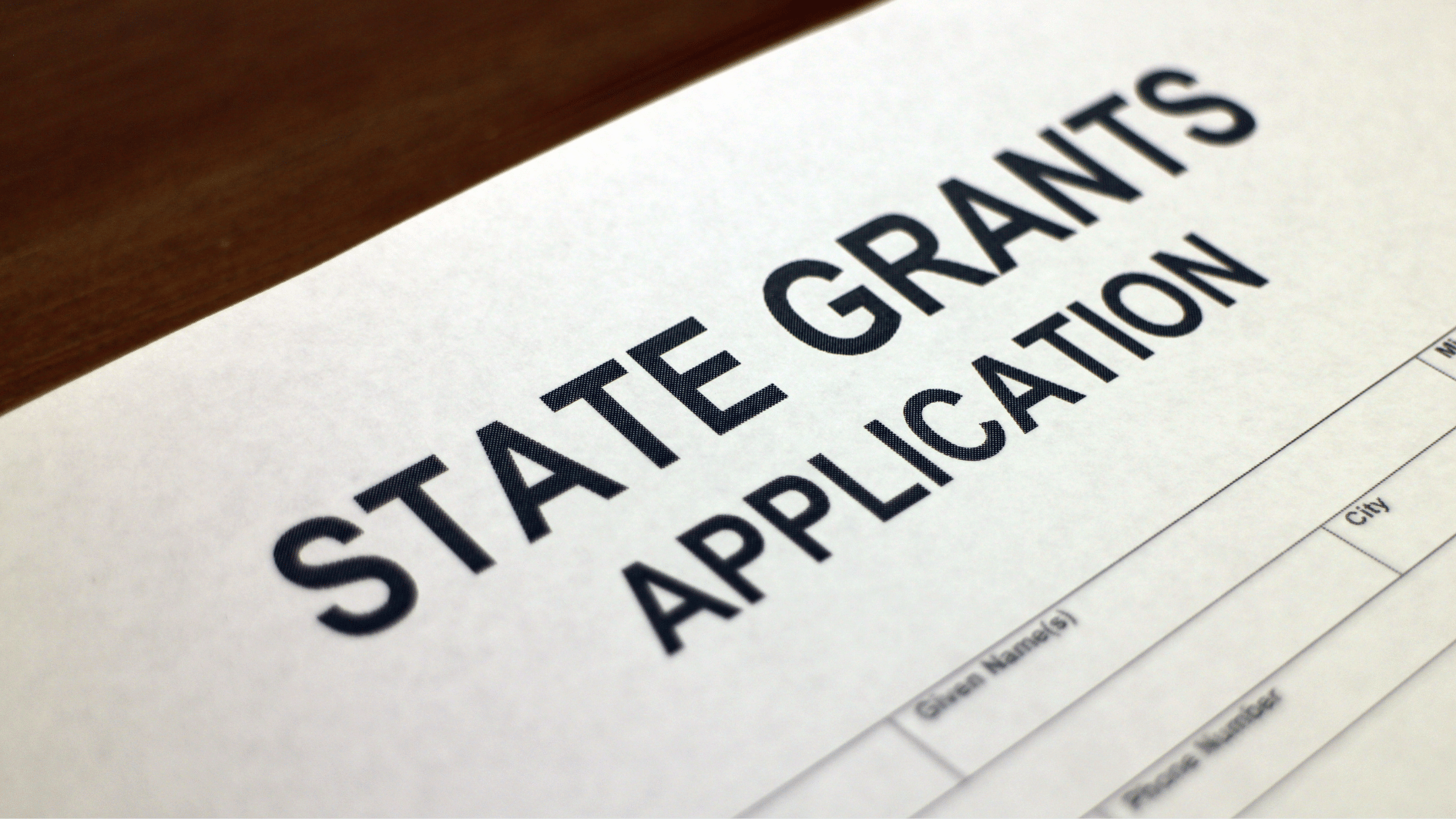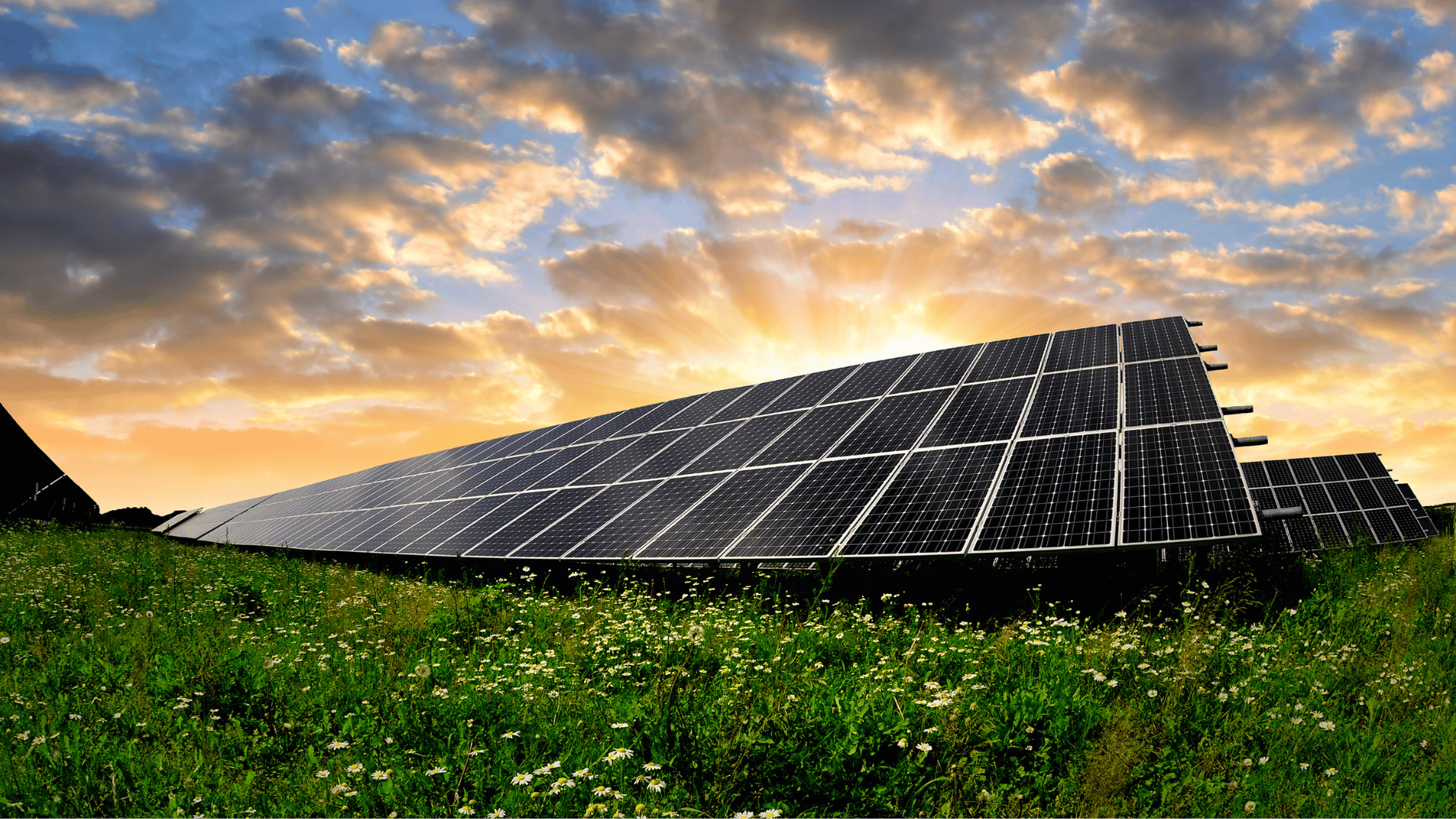Image source: Canva.com
The U.S. Department of the Treasury unveiled a report showcasing the success of the 2023 Inflation Reduction Act’s Low-Income Communities Bonus Credit Program. The program, central to the Biden-Harris Administration’s economic agenda, is helping to lower energy costs for American families by driving significant investments in clean energy projects.
According to the report, the program has funneled approximately $3.5 billion into solar energy installations in underserved communities. These projects are expected to generate nearly 2 billion kilowatt-hours of clean electricity annually, equivalent to the energy needs of 200,000 average U.S. households, saving them about $270 million per year.
U.S. Deputy Secretary of the Treasury Wally Adeyemo emphasized the program’s impact, stating, “$3.5 billion in public and private investment is flowing into communities that are too often left out and left behind, thanks to Biden-Harris Administration investments in clean energy projects. These investments are already lowering costs, protecting families from energy price spikes, and creating new opportunities in our clean energy future.”
Key allocations in the program’s first year include:
- Over 48,000 residential energy facilities reducing electricity costs for single-family and multifamily homes.
- Nearly 100 new energy facilities on Indian lands.
- Over 800 facilities installed on affordable housing developments benefiting thousands of low- and middle-income residents.
- More than 300 facilities, including community solar projects, that deliver at least 50% of the financial benefits to low-income households.
The Low-Income Communities Bonus Credit, established under Section 48(e) of the Internal Revenue Code, increases the energy investment tax credit by 10 to 20 percentage points for projects in low-income communities, encouraging cost-saving clean energy initiatives. The program aims to tackle energy inequities, as low-income families typically face energy burdens up to three times higher than the national average.
During its first year, the program attracted strong demand, with more than 54,000 applications from across 48 states, U.S. territories, and tribal lands. The IRS awarded allocations to over 49,000 energy facilities, prioritizing projects offering the most direct savings to households.
This report highlights the program’s success in providing meaningful energy savings and boosting clean energy adoption in underserved areas. It also follows a recent Notice of Proposed Rulemaking for expanding the program to include additional clean energy technologies, such as hydropower and geothermal, under the Clean Electricity Investment Tax Credit.
With its promising results, the Low-Income Communities Bonus Credit Program is set to play a critical role in advancing clean energy and supporting underserved communities.
Source: Solar Power World





